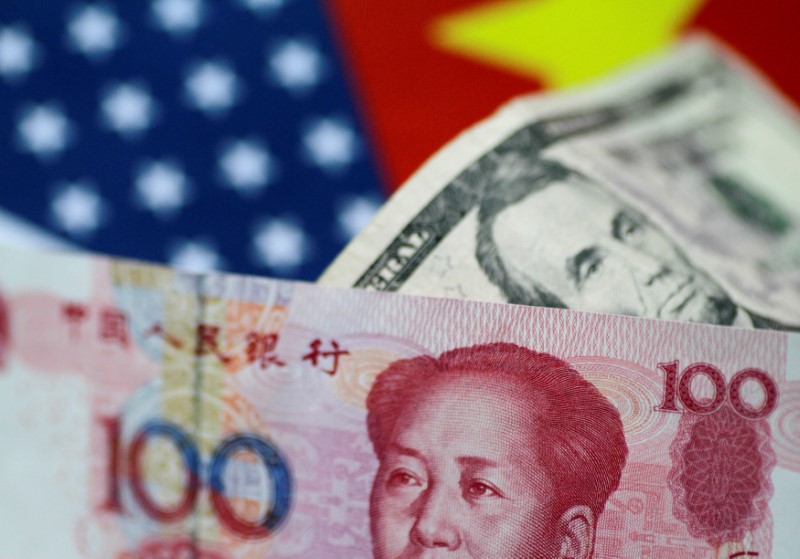
The Fed kept interest rates steady on Wednesday and maintained its forecast for a 75 basis point reduction in rates this year. The move, particularly the Fed’s outlook, ramped up appetite for high-yielding, risk-driven assets.
Hawkish signals from some Asian economies also boosted regional currency markets.
The Japanese yen strengthened sharply on Thursday, with the USDJPY pair falling 0.5% from a four-month high to 150.53.
The prospect of U.S. interest rate cuts and a more hawkish Bank of Japan bode well for the yen, which was battered by rising U.S. interest rates over the past year.
Purchasing managers index data for March showed some resilience in the Japanese economy, with manufacturing activity shrinking less than expected, while the services sector grew further.
The BOJ hiked interest rates for the first time in 17 years this week, citing some confidence in the Japanese economy. Analysts said that any more monetary tightening by the central bank will be largely driven by the path of Japan’s economy.
The Australian dollar was the best performer in Asia on Thursday, with the AUDUSD pair surging 0.6%.
Gains in the Aussie were fueled chiefly by a substantially stronger-than-expected reading on the labor market, which also showed unemployment falling to a six-month low.
Labor market strength gives the Reserve Bank of Australia more headroom to keep interest rates higher for longer. This notion helped Aussie bulls to look past less hawkish signaling from the RBA at a meeting earlier this week.
The dollar index and dollar index futures fell sharply in Asian trade on Thursday, amid growing bets that the Fed will begin cutting rates by as soon as June.
Fed officials said the bank was still considering at least a 75 bps cut in rates this year, while Fed Chair Jerome Powell also expressed some confidence in inflation remaining on a path towards the central bank’s 2% annual target.
Traders were now pricing in an over 70% chance the Fed will cut rates by 25 bps in June, according to the CME Fedwatch tool.
Broader Asian currencies strengthened on this notion.
The South Korean won’s USDKRW pair slid 0.3%, while the Singapore dollar’s USDSGD fell 0.2%.
The Indian rupee’s USDINR pair was flat at around 83.07, while the Chinese yuan’s USDCNY also tread water around 7.1986.
Sentiment towards the yuan was dented by top People’s Bank of China officials signaling that they had enough headroom to enact more rate cuts this year.
To read the full article, Click Here
